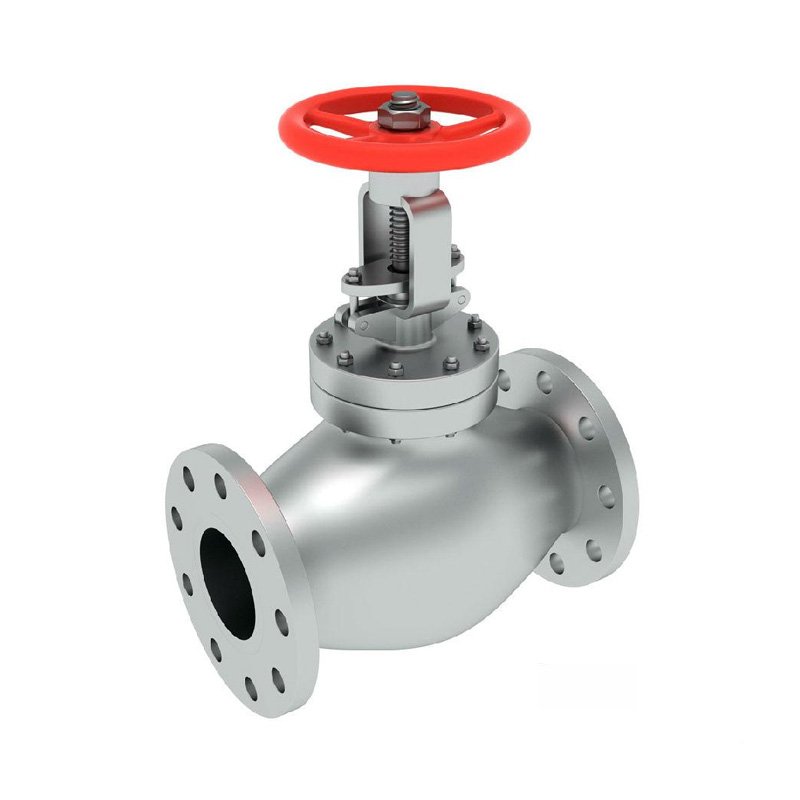Industrial valves regulate fluid movement in piping systems through controlled obstruction. These mechanical devices operate across pressure ranges from vacuum to 10,000 psi and temperatures from -200°C to 1,000°C, serving critical functions in process control and system safety.
Key Performance Characteristics
- Pressure Rating: ANSI Class 150-2500 standards
- Flow Capacity: Cv values 0.01-10,000
- Leakage Class: ANSI/FCI 70-2 Class II-VI
- Actuation Speed: 1-60 seconds full stroke
 Primary Valve Categories
Primary Valve Categories
1. Isolation Valves
- Gate: Full-bore design for minimal pressure drop
- Ball: 90° operation with bubble-tight shutoff
- Butterfly: Compact design for large pipe diameters
2. Regulation Valves
- Globe: Precise flow control capability
- Needle: Fine adjustment for low flow rates
- Diaphragm: Corrosion-resistant fluid handling
3. Special Function Valves
- Check: Automatic backflow prevention
- Safety: Pressure relief and system protection
- Control: Automated process regulation
Technical Specifications
| Type | Size Range | Temp Limit | Pressure Rating |
|---|---|---|---|
| Gate | ½”-80″ | 425°C | Class 2500 |
| Ball | ¼”-48″ | 200°C | Class 1500 |
| Globe | ½”-24″ | 540°C | Class 2500 |
Material Selection Guide
- Carbon Steel
- Standard industrial applications
- -29°C to 425°C range
- ASTM A216 Gr. WCB
- Stainless Steel
- Corrosive environments
- -196°C to 800°C range
- ASTM A351 CF8M
- Alloy Materials
- High-temperature service
- Up to 1,000°C capability
- ASTM A217 Gr. WC9
Actuation Methods
1. Manual Operation
- Handwheel: Standard for infrequent use
- Gearbox: High-torque applications
- Lever: Quarter-turn valves
2. Automated Systems
- Pneumatic: 3-15 psi signal range
- Electric: 24-480VAC operation
- Hydraulic: High-force requirements
Industry Applications
1. Oil & Gas
- API 6D compliant designs
- Full-port ball valves
- Fire-safe construction
2. Chemical Processing
- Lined valve bodies
- Sealless designs
- PTFE seating surfaces
3. Power Generation
- High-pressure steam service
- Turbine bypass systems
- Feedwater control
Selection Criteria
- Fluid Characteristics
- Phase (gas/liquid/slurry)
- Viscosity and density
- Corrosiveness
- Process Requirements
- Flow capacity (Cv)
- Pressure drop limits
- Shutoff class
- Environmental Factors
- Ambient temperature
- Hazardous area classification
- Outdoor exposure
Installation Guidelines
- Follow piping alignment procedures
- Support valve weight properly
- Orient according to flow direction
- Allow maintenance access
Maintenance Protocol
Monthly:
- Check for external leaks
- Verify smooth operation
- Inspect actuator function
Annually:
- Internal component inspection
- Seat and seal replacement
- Calibration verification








